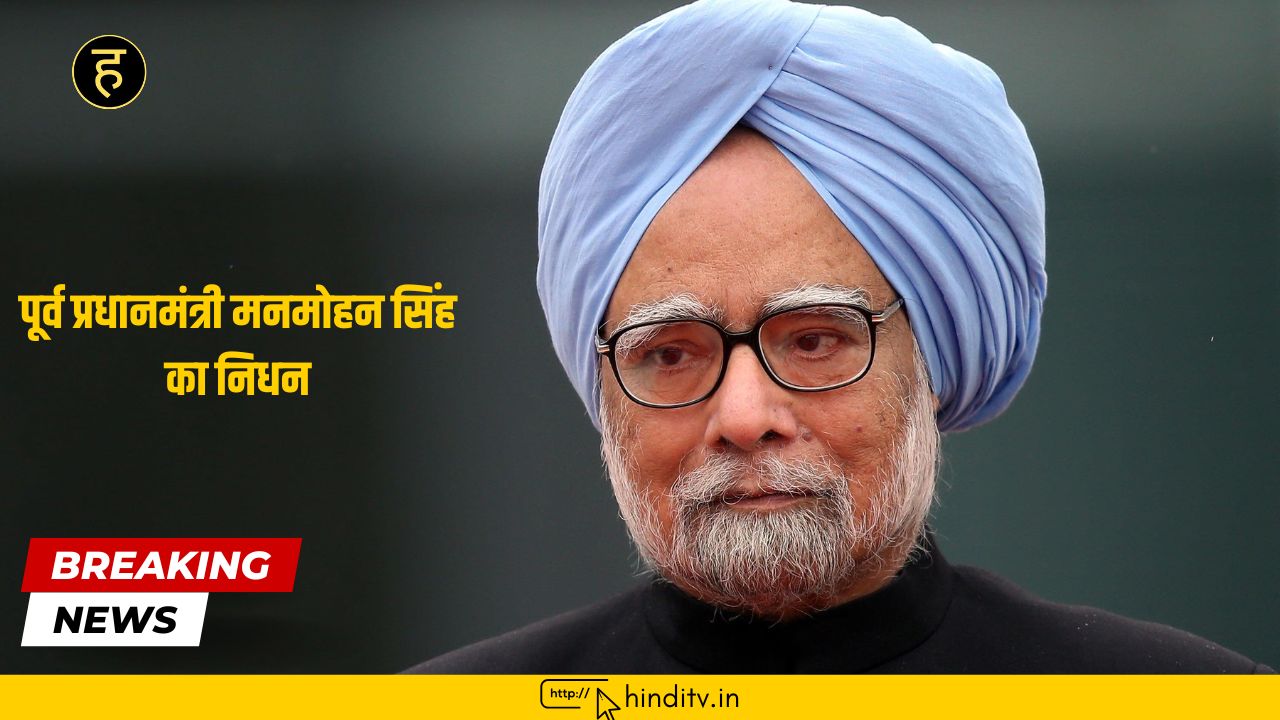India Forex Reserves: A Deep Dive into India’s Foreign Exchange Holdings
Introduction
India’s forex reserves play a crucial role in maintaining economic stability and supporting international trade. These reserves, held by the Reserve Bank of India (RBI), act as a financial buffer against external shocks and currency fluctuations. As of 2025, India’s forex reserves have witnessed fluctuations due to global economic trends and domestic policies. In this article, we will explore the composition, importance, trends, and impact of India’s foreign exchange reserves.

What Are Forex Reserves?
Foreign exchange reserves refer to the assets held by a country’s central bank in different foreign currencies. These reserves typically include foreign currency assets (FCAs), gold reserves, Special Drawing Rights (SDRs) from the International Monetary Fund (IMF), and the Reserve Tranche Position (RTP) in the IMF.
Composition of India’s Forex Reserves
India’s forex reserves are primarily composed of the following:
- Foreign Currency Assets (FCAs): The largest component, consisting of major global currencies like the US dollar, Euro, Pound Sterling, and Japanese Yen.
- Gold Reserves: RBI holds physical gold reserves, which provide additional security and confidence in economic stability.
- Special Drawing Rights (SDRs): Allocated by the IMF, SDRs serve as a supplementary international reserve asset.
- Reserve Tranche Position (RTP): A portion of India’s quota in the IMF that can be accessed when needed.
Importance of Forex Reserves for India
Forex reserves serve multiple purposes for India’s economy. Some key reasons why maintaining high reserves is crucial include:
1. Stabilizing the Indian Rupee
A strong reserve position allows the RBI to intervene in the foreign exchange market to prevent excessive volatility in the Indian rupee. By buying or selling dollars, RBI ensures stability in the exchange rate, which is crucial for importers and exporters.
2. Managing External Debt and Trade Deficit
India imports a significant amount of crude oil and other essential goods. Forex reserves help in covering import bills and managing trade deficits efficiently. Additionally, they provide a safety net to meet external debt obligations without straining the economy.
3. Enhancing Investor Confidence
A high level of forex reserves instills confidence among global investors. It signals that India has sufficient financial backing to meet its obligations, attracting Foreign Direct Investment (FDI) and Foreign Institutional Investments (FII).
4. Emergency Financial Cushion
Economic crises, global financial slowdowns, or geopolitical tensions can lead to disruptions in capital flow. Adequate reserves serve as a cushion to tackle unforeseen economic shocks.
India Forex Reserves: Recent Trends in India’s Forex Reserves
India’s forex reserves have been on an upward trend, reaching all-time highs in recent years. However, fluctuations occur due to factors such as:
- Global Oil Prices: India is a major importer of crude oil. Rising oil prices lead to increased dollar demand, impacting forex reserves.
- Foreign Investments: Inflows from FIIs and FDIs contribute to reserve accumulation, while outflows can reduce reserves.
- Export-Import Imbalance: Trade deficits can lead to a decline in reserves, whereas a surplus helps build reserves.
- RBI’s Market Interventions: The central bank’s actions in stabilizing the rupee can influence reserve levels.
Challenges in Managing Forex Reserves
Despite a strong reserve position, India faces several challenges:
- Dependence on Foreign Inflows: A large part of reserves is influenced by foreign investments, making them vulnerable to global market trends.
- Trade Deficits: Persistent trade deficits can put pressure on forex reserves if export growth does not match import demand.
- Rupee Volatility: Managing currency fluctuations while maintaining reserve adequacy remains a complex task.
- Geopolitical Risks: Global political tensions and trade wars can impact currency markets and reserve levels.
Future Outlook for India’s Forex Reserves
India’s forex reserves are expected to remain stable in the coming years, supported by strong economic policies, increased exports, and sustained foreign investments. The RBI is likely to continue its strategy of accumulating reserves to safeguard against economic uncertainties.
To further strengthen reserves, India can:
- Boost Export-Oriented Growth: Encouraging domestic industries to expand exports will bring in more foreign exchange.
- Attract Long-Term Investments: Policies favoring FDI and stable economic reforms will ensure consistent forex inflows.
- Diversify Reserve Holdings: Reducing over-dependence on the US dollar by holding reserves in other stable currencies and assets can provide additional security.








